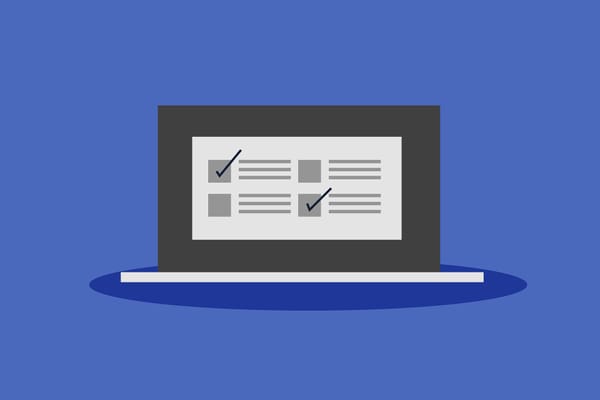From data breach to data dump: What cybercriminals do with your stolen info

The murky corners serve as a virtual back alley for criminals peddling stolen user data. The information gathered in a data breach usually ends on the dark web, where criminals traffic various illegal goods. These marketplaces often look like your online shopping website, but these dump shops trade and sell large batches of personal information from users across the globe.
What should data breach victims expect
The post-data breach agenda includes many processes for the thief to index the data and look for highly profitable accounts or information. After an inventory of the stolen data is made, the data broker can bundle up the "goods" and sell them in bulk, depending on the type of information.
This process can take months. By the time the cybercriminals sell the information, datasets including login credentials may have become less profitable for an attacker because the breached organization or entity has already taken steps to patch any flaws and inform its users of the breach.
Even so, cybercriminals can use your old login credentials to trick you into believing your account has indeed been hacked via phishing or even an extortion email.
The scammer could send you an email claiming that your device has been hacked and that he recorded a lewd video of you. While a simple email may not trick you, adding one of your old passwords in the message could be enough to convince you to pay up.
This proves that old data has no expiration date, and cybercriminals will go for less valuable data entry points to target users.
Stolen data can also be used to target individuals in more sophisticated attacks to gain access to banking, cryptocurrency and shopping accounts.
Moreover, the perps diligently crosscheck dumped login credentials with other data dumps. By doing this, they can check for password reuse and attempt to take over your accounts.
Stolen phone numbers allow cybercriminals to conduct smishing attacks by sending fake SMS messages to users from various service providers and financial institutions.
Dumped credit card information is also sold in bundles. The customers usually specialize using stolen credit cards to buy prepaid gift cards or create clone cards to make fraudulent transactions.
Social Security numbers, home addresses, names and dates of birth can be used in identity theft-related crimes, including new account fraud and tax return fraud.
Knowing when and minimizing your risks
It can take weeks, if not months, before data breach victims notice anything suspicious on their online accounts. By that time, it can be too late. Victims are left with a sense of despair as they struggle to recover from financial damages.
Since users can't rely on organizations to fully protect their data; it's up to us to safeguard our information and minimize the risks of identity theft.
Your initial step is to determine whether your information is sold on the dark web. To paint a picture of your digital identity and find out what key pieces have been exposed in data breaches and leaks over the years, check Bitdefender's Digital Identity Protection tool now.
The service helps you take measures to control, manage and protect your digital self with real-time notifications that alert you when your data ends up in legal or illegal data collections on the internet. You also get expert recommendations to fix any privacy issue detected so you can stay a step ahead of malicious activity and protect your financial wellbeing.
You can also build up your digital security and keep your devices malware-free with a 90-day free Bitdefender Total Security trial. The multi-layered and innovative technologies keep you safe from malicious attacks, phishing or fraudulent websites and links, no matter your favorite online activity.
tags
Author
Alina is a history buff passionate about cybersecurity and anything sci-fi, advocating Bitdefender technologies and solutions. She spends most of her time between her two feline friends and traveling.
View all postsRight now Top posts
Outpacing Cyberthreats: Bitdefender Together with Scuderia Ferrari HP in 2025
March 12, 2025
Streamjacking Scams On YouTube Leverage CS2 Pro Player Championships to Defraud Gamers
February 20, 2025
How to Identify and Protect Yourself from Gaming Laptop Scams
February 11, 2025
Your Device ‘Fingerprint’ Will Go to Advertisers Starting February 2025
December 24, 2024
FOLLOW US ON SOCIAL MEDIA
You might also like
Bookmarks







